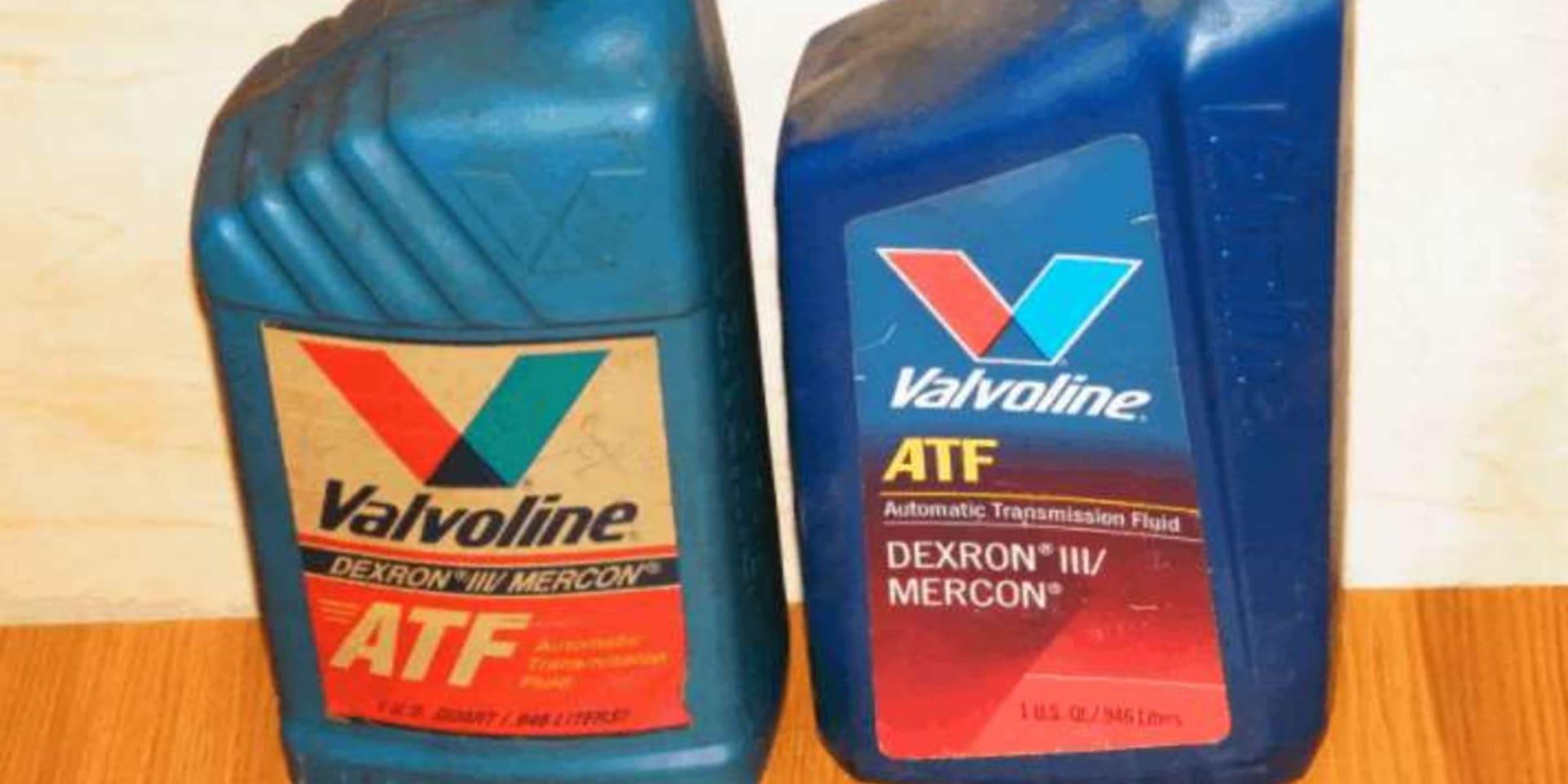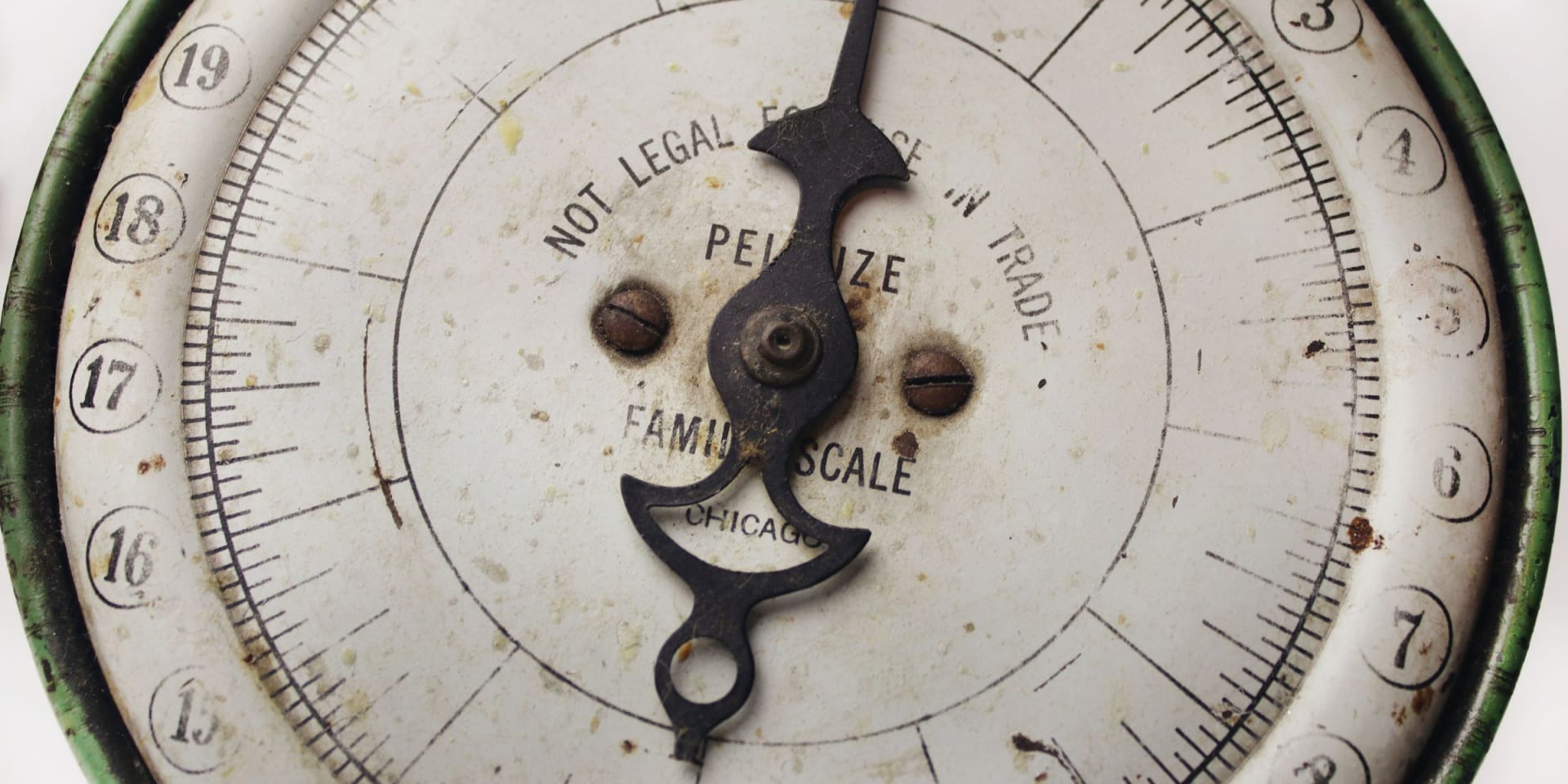Why Is My Log Splitter Running Slow?
When things go wrong with your log splitter it can be difficult to figure out where the problem is. Even worse, many people assume that the splitter is to blame. It’s easy to program your splitter to do what you want, but it’s harder to program it properly so that it’s not causing your problems in the future. There will come a time that your log splitter will eventually run slow, when that happens, it is your duty and responsibility to figure out what’s wrong and how to solve it.
In this article, we are going to talk about the different factors and possible reasons why your log splitter suddenly runs slow. Are you ready? Read on!

Table of Contents
How does a log splitter work?
The log splitter is a device that is used to split logs into two smaller logs, then package and transport the smaller logs. These logs are used in different ways such as construction, fencing, and firewood stockpiling. We’re all aware of the purpose and function of a log splitter, right? But have you ever wondered how this simple yet useful machine worked? Let’s find out!
Whether it’s the general or electric model, a log splitter operates in the same manner as a person using an ax to cut wood. They are powered by a hydraulic pump system that either pushes the log of wood into a blade or swings the blade towards the wood. Operating the log splitter is relatively simple, just place the log on a designated place in the log splitter, and then the machine does everything for you.
Why is my Log Splitter Running Slow?
Like what we mentioned initially, it is heavily important for an owner to have basic knowledge about troubleshooting his log splitter. Remember that there is a wide selection of models and types of log splitters in the market and each one has its unique system. You could be owning a gas, electric, or hydraulic splitter. So you should be able to first grasp how your machine works.
Nevertheless, you should also be aware that the standard speed of a log splitter cycle ranges from 3 to 5 seconds up to 30 seconds, depending on the age and type of the log splitter. It is also important for you to know that a log splitter consists of five (5) key components. So, checking each of those may help you troubleshoot and figure out why your log splitter is running slow.
What are the possible causes?
- Power Supply
Take your time to check your log splitter’s power supply. If you’re using a gas/petrol splitter, make sure that there’s a sufficient amount of oil and gas. For electric splitters, you might as well check their cables and fuses, most of the time faulty wires and cables are the main cause of a log splitter slowing down. Blown fuses are also one of the reasons why your power supply isn’t functioning right. Lastly, for hydraulic splitters, simply make sure that they’re greased up properly.
- Hydraulics
Certainly, issues regarding hydraulics are easy to find. So if you spot one problem in your log splitter, simply get a hold of the manufacturer and let them assist you further. Moreover, you can check for jams, bends, and leaks in the hydraulics system of your log splitter. If you plan to store your log splitter for a long time, make sure that you drain the fluids properly to prevent leaks and jams.
- Ram
Keep in mind that the ram of log splitters is considered the most sensitive key component of the machine. Something as thin as a splinter or a hair may cause potential issues in the future. You might as well observe that the ram is greased up properly to avoid the build-up of residue and sap. Lastly, one potential reason of slow down is a bent ram of your log splitter, when this happens, contact your manufacturer and let them assist you further.
- Fan
It’s simple, the fan of your log splitter must be spinning freely and cleanly at all times. Take your time to clean the fan at times to remove residues and debris that have the potential to cause a blockage.
- Pump
How do you know if the pump of your log splitter has gone bad? One way to know is when it lacks pressure when the gauge is in the output line. So you may be thinking, “how do I increase the pressure?” Simply start your engine the normal way then move the lever to neutral. After that adjust the screw on the side of the pump to increase the pressure output of the splitter.
How do I speed up my log splitter?
There are many different ways to speed up the production of your log splitter given that there are five (5) key components that you can upgrade. One common upgrade log splitter owners do is replace their hydraulic pump with a new one to help improve the fluid flow and speed up the machine. However, you should also know that there are times when a pump upgrade requires a new engine to support it. Thus, making the upgrade too much expensive.
Of course, deciding to upgrade your log splitter involves your preference for cycle time. Does the current cycle time meet your needs? Is it enough to make you as productive as you want to be? If yes, then just clean your splitters to maintain their standard capacity. If not, then you might as well try to upgrade it.
Conclusion
Having enough knowledge about troubleshooting your log splitter is as important as being familiar with the components of your car. It saves you a lot of time and hassle if you know even the most basic things about your machine. It is your responsibility as an owner to maintain the efficiency and safety of your log splitters. So that you can have peace of mind whenever you’re planning to use your brilliant piece of machinery.




